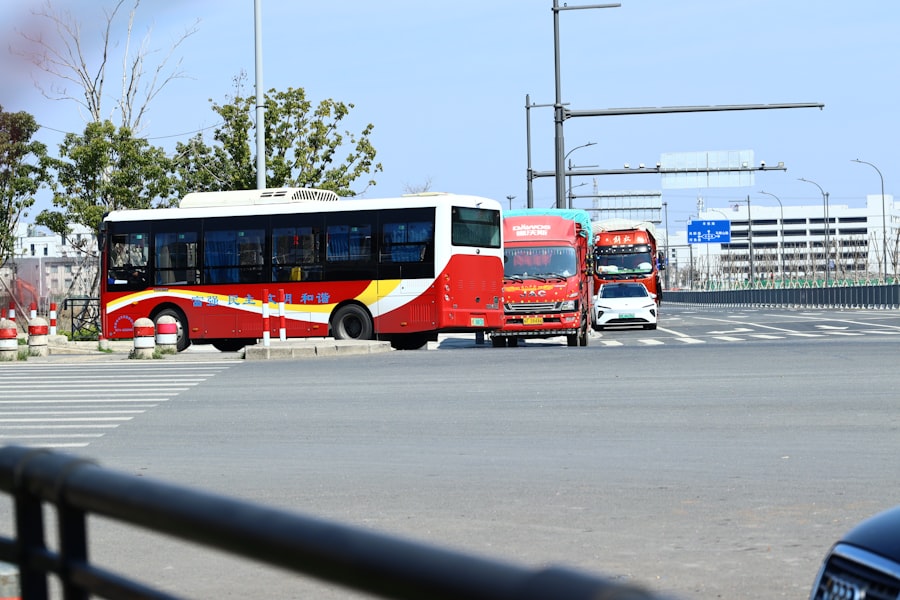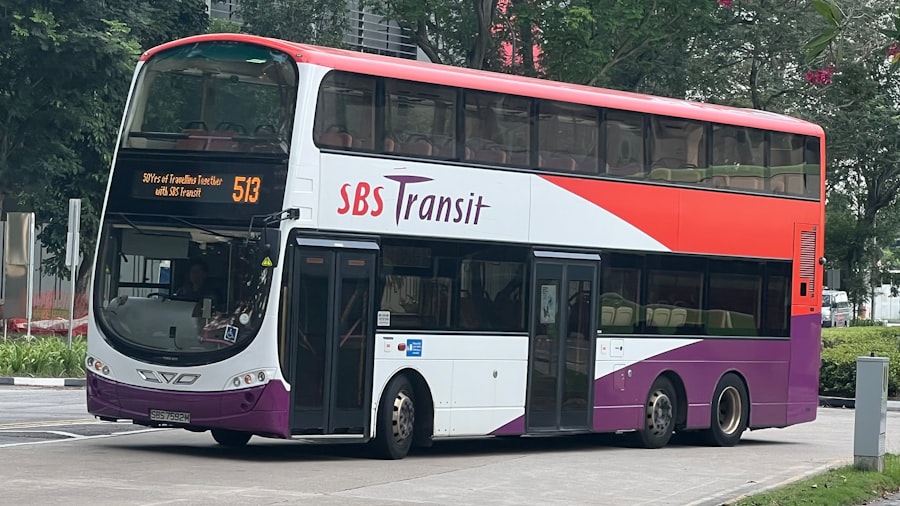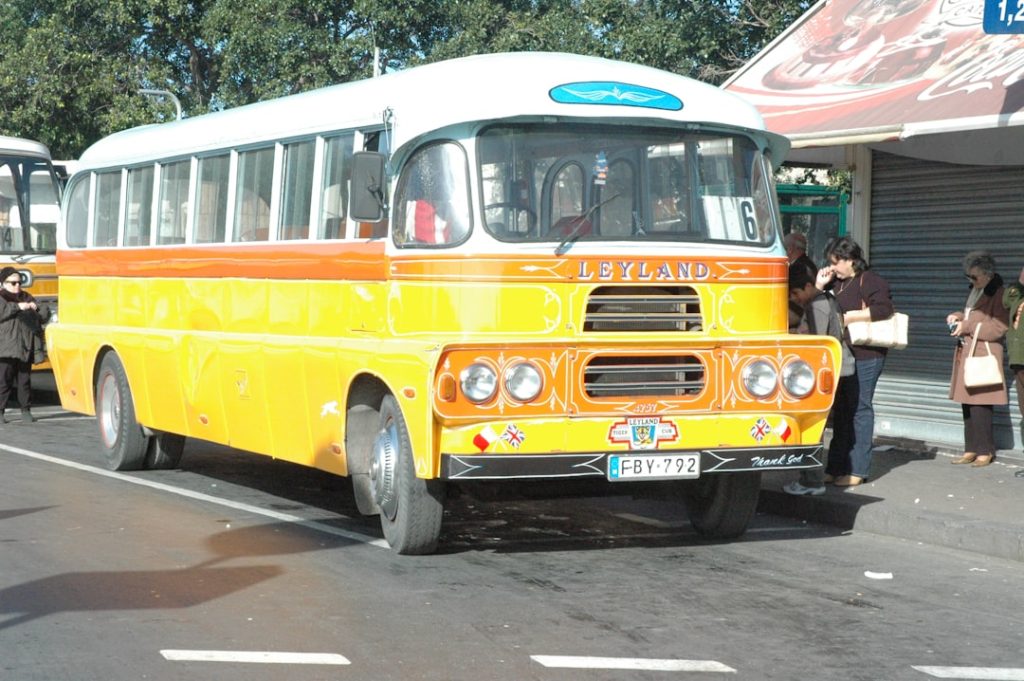The Airbus A390 represents a significant leap in aviation technology, embodying the latest advancements in aerodynamics, materials, and passenger comfort. As a member of the Airbus family, it is designed to cater to the evolving needs of airlines and travelers alike. The A390 is not merely an aircraft; it is a symbol of innovation, efficiency, and sustainability in the aviation sector.
With its impressive capacity and range, it aims to redefine long-haul travel while addressing the pressing concerns of environmental impact and operational costs. Airbus has long been a leader in commercial aviation, and the A390 is a testament to its commitment to pushing boundaries. This aircraft is designed to accommodate a larger number of passengers while maintaining high levels of comfort and efficiency.
The A390’s introduction into the market is expected to reshape the competitive landscape of air travel, offering airlines a versatile solution for both short-haul and long-haul routes. As we delve deeper into the design, features, and implications of the A390, it becomes clear that this aircraft is poised to make a lasting impact on the industry.
Key Takeaways
- The Airbus A390 is a revolutionary aircraft designed to redefine air travel with its advanced features and capabilities.
- The design of the Airbus A390 focuses on maximizing passenger comfort, with spacious cabins, advanced entertainment systems, and improved air quality.
- Passengers can enjoy numerous advantages with the Airbus A390, including reduced noise levels, lower cabin pressure, and enhanced in-flight experiences.
- The Airbus A390 is committed to reducing its environmental impact through fuel efficiency, lower emissions, and sustainable materials in its construction.
- The introduction of the Airbus A390 is expected to have a significant impact on the airline industry, with potential changes in routes, passenger experiences, and operational efficiency.
The Design and Features of the Airbus A390
The design of the Airbus A390 is a culmination of years of research and development, focusing on aerodynamics, structural integrity, and passenger experience. One of its most striking features is its advanced wing design, which incorporates winglets that enhance fuel efficiency by reducing drag. The wings are crafted from composite materials that not only lighten the aircraft but also improve its overall performance.
This innovative design allows the A390 to achieve greater lift while consuming less fuel, making it an environmentally friendly option for airlines. In addition to its aerodynamic advantages, the A390 boasts a spacious cabin layout that prioritizes passenger comfort. The aircraft can be configured in various seating arrangements, accommodating anywhere from 500 to 800 passengers depending on the airline’s preferences.
The cabin features wider aisles and larger windows, allowing for a more pleasant travel experience. Furthermore, the A390 is equipped with state-of-the-art entertainment systems and connectivity options, ensuring that passengers remain engaged throughout their journey. The combination of these design elements positions the A390 as a frontrunner in modern air travel.
Advantages of the Airbus A390 for Passengers

Passengers flying on the Airbus A390 can expect a significantly enhanced travel experience compared to older aircraft models. One of the primary advantages is the increased cabin space, which translates to more legroom and wider seats. Airlines can choose configurations that prioritize comfort, such as fewer seats per row or additional space in premium classes.
This focus on passenger comfort is particularly important for long-haul flights, where comfort can greatly influence overall satisfaction. Moreover, the A390’s advanced noise reduction technology contributes to a quieter cabin environment. The aircraft’s engines are designed to operate at lower noise levels, minimizing disturbances during flight.
This feature not only enhances passenger comfort but also addresses community concerns regarding noise pollution around airports. Additionally, the improved air quality within the cabin, facilitated by advanced filtration systems, ensures that passengers breathe cleaner air during their journey. These factors collectively create a more enjoyable flying experience, making the A390 an attractive option for travelers.
Environmental Impact and Sustainability of the Airbus A390
| Aspect | Metric |
|---|---|
| Carbon Emissions | 20% lower CO2 emissions compared to previous models |
| Fuel Efficiency | 15% improvement in fuel efficiency |
| Noise Pollution | 50% reduction in noise pollution |
| Recyclability | 90% of the aircraft is recyclable |
| Materials | Increased use of sustainable and lightweight materials |
In an era where environmental sustainability is paramount, the Airbus A390 stands out as a model of eco-friendly aviation. The aircraft’s design incorporates numerous features aimed at reducing its carbon footprint. For instance, its fuel-efficient engines are engineered to consume significantly less fuel than their predecessors while producing lower emissions.
This reduction in fuel consumption not only benefits airlines economically but also aligns with global efforts to combat climate change. Furthermore, Airbus has committed to using sustainable materials in the construction of the A390. The incorporation of lightweight composites reduces overall weight, which directly correlates with lower fuel consumption.
Additionally, Airbus has implemented recycling programs for aircraft components at the end of their lifecycle, ensuring that materials are repurposed rather than discarded. This holistic approach to sustainability positions the A390 as a leader in environmentally responsible aviation practices.
The Impact of the Airbus A390 on the Airline Industry
The introduction of the Airbus A390 is set to have profound implications for the airline industry as a whole. With its ability to carry a larger number of passengers over long distances efficiently, airlines can optimize their operations and reduce costs per seat mile. This efficiency allows carriers to offer competitive pricing on long-haul routes while maintaining profitability.
As airlines seek to recover from the economic impacts of global events such as pandemics or geopolitical tensions, the A390 provides a strategic advantage. Moreover, the A390’s versatility makes it suitable for various markets, from low-cost carriers to premium airlines. This adaptability means that airlines can tailor their services based on demand without compromising on quality or efficiency.
As more airlines adopt the A390 into their fleets, we may witness shifts in market dynamics, with some carriers gaining significant market share due to their ability to offer superior service at competitive prices.
Challenges and Obstacles in the Development of the Airbus A390

Despite its many advantages, the development of the Airbus A390 has not been without challenges. One significant hurdle has been navigating regulatory requirements across different countries and regions. Each jurisdiction has its own set of safety and environmental regulations that must be adhered to before an aircraft can enter service.
This complexity can lead to delays in certification processes and increased costs for manufacturers. Additionally, competition within the aviation industry poses another challenge for the A390’s success. Boeing’s offerings in similar categories have historically dominated certain markets, making it imperative for Airbus to differentiate the A390 effectively.
Marketing strategies must emphasize not only the aircraft’s technical capabilities but also its operational advantages for airlines. Furthermore, as airlines recover from recent global disruptions, budget constraints may limit their willingness to invest in new aircraft models, potentially slowing down orders for the A390.
Future Prospects and Potential Innovations for the Airbus A390
Looking ahead, there are numerous opportunities for innovation surrounding the Airbus A390 that could further enhance its appeal in an ever-evolving market. One potential area for development is in hybrid or electric propulsion systems. As technology advances and environmental regulations become stricter, integrating alternative energy sources could position the A390 as a pioneer in sustainable aviation.
Additionally, advancements in artificial intelligence and data analytics could lead to smarter operational efficiencies for airlines utilizing the A390. Predictive maintenance systems could be developed to monitor aircraft performance in real-time, allowing airlines to address issues before they escalate into costly repairs or downtime. Such innovations would not only improve operational reliability but also enhance safety measures.
The Future of Air Travel with the Airbus A390
The Airbus A390 is more than just an aircraft; it represents a transformative shift in how we approach air travel in terms of efficiency, comfort, and sustainability. As airlines begin to integrate this model into their fleets, we can expect significant changes in passenger experiences and operational strategies across the industry. The combination of advanced technology and innovative design positions the A390 as a frontrunner in shaping the future landscape of aviation.
As we look toward a future where environmental concerns are increasingly prioritized, the A390 stands ready to meet these challenges head-on. Its commitment to sustainability through reduced emissions and efficient fuel consumption aligns with global efforts toward greener air travel solutions. With ongoing innovations on the horizon, including potential advancements in propulsion technology and operational efficiencies, the Airbus A390 is poised not only to redefine air travel but also to lead the charge toward a more sustainable future in aviation.


